Abstract
Renewable energy is a type of energy that may be produced from a variety of resources, including sunlight, wind, tides, geothermal, etc. It delivers sustainable, clean energy that is derived from renewable natural resources. More renewable energy will be used, which will reduce the cost and demand for fossil fuels. The primary uses of solar photovoltaic energy include the production of electricity and heat for a variety of appliances. The development of solar-powered cars was made possible by recent breakthroughs. This study discusses the design and development of a charge controller-based solar charging system for electric automobiles. The suggested system's implementation will lower the price of power and charging and discharging losses. Additionally, one of the suggested solar charging systems is among the steps taken to create a green campus. This paper will show how to create a solar-powered electrical vehicle system and analyzes its performance.
Keywords:
- Renewable Energy
- Solar Photovoltaic Energy
- Electric Vehicle
- Charging
Introduction
Due to global population growth and deteriorating economic conditions, there is a rising need for energy. Recent studies have shown that fossil fuels have drawbacks such as global warming, resource scarcity, and economic problems. To address the issues caused by fossil fuels, renewable energy must be investigated to the greatest extent possible in the upcoming energy crisis. Numerous academics have recommended using renewable energy sources in light of various environmental factors. In terms of availability, affordability, and environmental friendliness, renewable energy sources like solar energy can be a good substitute.
1. Objectives
This paper will advance initiatives to lessen the reliance on fossil fuels. The charging station will be able to lower part of the demand for energy if it can power more devices without using the national grid externally. The majority of people are aware of the negative repercussions of utilizing oil and natural gas as energy sources. These methods do provide a lot of energy, but they are non-renewable and harm the earth's environment and atmosphere. The goal of this initiative is to charge automobiles in an ecologically friendly manner, thereby lowering the need for electricity from other sources. The main goal of this paper is to produce electricity using solar energy and demonstrate the benefits of solar-powered charging stations for the environment, decreased dependency on fossil fuels, and demonstrably lower overall and practical daily running costs. The burden on conventional grids has also decreased.
Furthermore, given that, contrary to popular belief, specialized workers are necessary for the installation, maintenance, and operation of these stations, their reasonably widespread adoption will surely increase job opportunities. By giving its benefits and accessibility, a significant number of businesses are really investing in it, which is crucial. According to Tesla motors, a part of Tesla, the essential step is developing solar-powered charging stations in practical places for its Electric Vehicle (EV) clients. This work takes steps to reduce the reliance on fossil fuels. If the charging station can power more devices without utilizing the national grid externally, it will be able to reduce some of the demand for energy. The vast majority of people are aware of the drawbacks of using natural gas and oil as energy sources. Although these techniques provide a lot of energy, they are not renewable and are bad for the ecosystem and climate of the planet. This analysis aims to reduce the demand for power from other sources by charging cars in an environmentally friendly manner. The purpose of this work is to use solar energy for generating power.
2. Related Works
Verma and Singh (2019) implemented and control of solar Photo Voltaic (PV) array, and Wind Energy Conversion System (WECS) based charging station is proposed for charging the Electric Vehicle (EV) and to power the domestic loads uninterruptedly. Grid Connected Mode (GCM) and Islanded Mode (IM) of operations are taken for the proposed control. In IM, the EV directly takes power from the Direct Current (DC) link using bidirectional DC-DC converter.
Sharma et al. (2017) presents that smart grids are the future of electricity and can revolutionize the way present electricity grids are monitored and controlled. The smart grid uses highly automated and digitalized operations for real-time applications. Smart grids are in their developing stages in the Ministry of Power launched the National Smart Grid Mission (NSGM), which plans and monitors policies and programmes for the development and deployment of smart grid in India.
Kumar et al. (2021) aim to evaluate the conducive factors for EV adoption and complete it in three phases. In the first phase, supporting forces for EV adoption in India are explored using Political, Economic, Social, Technological, Environmental, and Legal (PESTEL) analysis, and capability needs for EV manufacturing businesses in India are identified in phase two using the People, Process, Technology, and Finance (PPTF) framework.
Fatnani et al. (2020) optimized a Battery Energy Storage System (BESS) integrated with solar PV in a charging station for the overall benefit of the system. Particle Swarm Optimization (PSO) is used to determine the optimal cost of the battery based on the parking area capacity, PV generation capacity, the load connected to the solar PV system, and the availability of the EVs. An optimum rate of charging and discharging the BES will ensure a prolonged life cycle of the battery.
Badawy et al. (2016) depict how optimal battery storage sizing is determined for a high-power Photo Voltaic (PV) grid-tied system. The size of the battery storage is chosen based on an optimal power flow management system intended to minimize the system's running cost. Thus, a lower-level power flow optimization problem is formulated along with the required constraints. The operating cost in this problem is formulated as a combination of electricity grid prices and the battery degradation cost.
3. Electric Vehicle Charging System
Electric Vehicles (EVs) and Photo Voltaic (PV) generation have both been produced, and their performance has been examined. A linear optimization model is utilized in the model to evaluate how it will affect the energy system (Fattori et al., 2014;Lacey et al., 2013). The design standards, configuration, control methods, and experimental testing apply to a DC microgrid power arrangement for quick charging of fully electric and plugin hybrid automobiles (Saha & Dey, 2019). The suggested charging architecture is the result of a comparison of the key characteristics of well-known designs. The analysis of the suggested power conversion architecture's charging and discharging power, efficiency, energy flux management, and primary grid influence are the key areas of investigation (Jabir et al., 2019).
Additionally, suitable control techniques are assessed and used, enabling the suggested design to adhere to the required operations. Utilizing renewable energy sources to power electric car operations is an ecologically favorable technique. Based on DC link voltage detection, a smart charging station for Plug-In Hybrid Electric Vehicles (PHEVs) was created (Goli & Shireen, 2014). A particular set of electric cars and solar systems that are mostly utilized for home-to-work or home to-school transportation and are powered by grid connected photovoltaic systems have been documented. Two methods for the intelligent charging of electric scooters are examined for this application. The study also found that using electric scooters instead of gasoline scooters results in lower CO2 emissions and no additional expenditures. For Electric Vehicles (EVs) in vehicle-to-grid applications, a capacity fading model and an electric circuit-based battery were developed (Mesentean et al., 2010). To determine the battery's processed energy, charge or discharge rate, and state of charge restrictions, a control algorithm was created. The measured properties and the resulting batter y characteristics agree quite well (Peng et al., 2018).
The operating algorithm of the battery charger system was investigated, and a unique bi-directional battery charger for PHEV/EV with a photovoltaic generating system was presented (Choe et al., 2010). Fuzzy Logic Controllers (FLCs) at the substation and CS level were used to show the Charging Stations (CSs) of Electric Vehicles (EVs) and their coordination at the substation level (Singh et al., 2020). For grid voltage control, the design of apower-electronic-assisted On-Circuit Tap Changer (OLTC) was put out (Sasikumar & Sivasangari, 2021). Electricity is needed to charge the batteries in electric cars. This includes an increase in operating expenses; hence, switching to solar energy would eliminate the high operating costs. Therefore, certain solar panels and a specific charge controller are required in order to transform standard electric vehicles into hybrid electric vehicles (Qi et al., 2013). The charge controller manages and chooses the source for charging, and solar panels assist in capturing and converting solar energy into electrical energy, as illustrated in Figure 1.
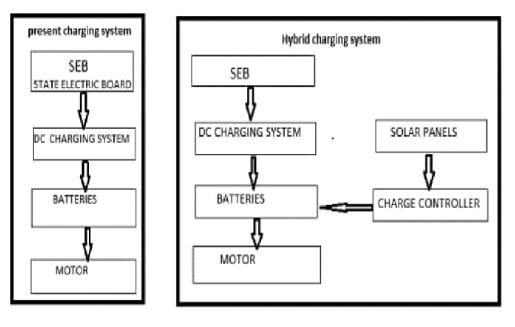
Figure 1. Electric Vehicle Charging System.
A simple and practical use of solar energy to promote sustainable energy development is solar charging for electric automobiles. Solar Photo Voltaic (PV) panels are used in solar charging in order to convert solar energy to DC voltage. A charge controller has the ability to store the DC voltage in the battery bank. The battery bank's DC voltage is converted to 110 volts AC at 60 Hz using an inverter identical to the frequency of the electricity coming from the outlet. The main ideas of building and creating solar PV systems for recharging electric vehicles at a learning institution are covered in this paper.
4. Different Solar Charging Scheme
The different solar charging schemes are given by the Photo Voltaic (PV) grid charging system and the standalone PV charging system.
4.1 PV Grid Charging System
Due to increased grid burden, power quality issues in the distribution system, and the limited number of EVs that can be connected, the Photo Voltaic (PV) grid charging system is underutilized. Another approach available is grid-connected electric charging stations with Electronic Storage Unit (ESUs), which are only advantageous in terms of system flexibility and reductions in peak load on the grid, although this technique is more expensive to employ with Electronic Storage Unit ESUs relative to batteries connected to EVs. The PV grid charging system is shown in Figure 2.
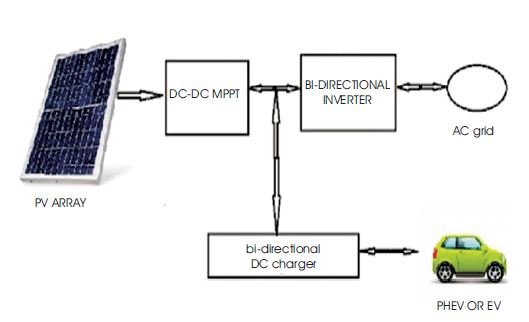
Figure 2. PV Grid Charging System.
The grid-based photovoltaic charging system is a cutting edge future innovation. The photovoltaic charging system is displayed in the architecture, which was researched using several studies. A DC-to-DC converter and a DC-to-AC converter each produce two stages in the given architecture. The DC bus is more significant since it serves as an interface for additional DC power devices as well as the PV array and energy storage batteries of electric vehicles (Licui, 2018). The fact that the DC bus is intended to connect the PV array, the Electronic Storage Unit (ESU), the EV battery pack, and other DC powered devices emphasizes its importance
4.2 Standalone PV Charging System
Stand-alone photovoltaic systems are usually a utility power alternative. Ground or roof-mounted systems will require a mounting structure, and if Alternating Current (AC) power is desired, an inverter is also required. These types of systems are designed to supply the electrical loads of both types DC and AC. The "stand-alone PV systems" are mostly powered by the PV arrays. In many stand-alone PV systems, batteries are used for energy storage, as they may account for up to 40% of the overall stand-alone PV system's cost over its lifetime. Without any grid connection, electricity is delivered to EV batteries at off-grid stations. For continuous power delivery to the EV battery at night, the charging system is coupled to an Energy Storage Device (ESD) unit (Fan et al., 2017). The standalone PV charging system is shown in Figure 3.
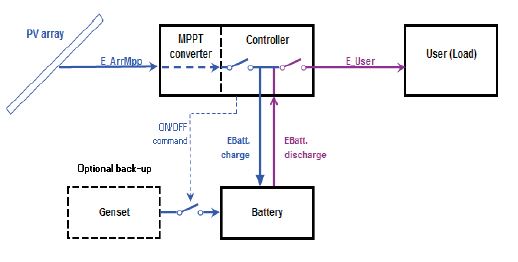
Figure 3. Standalone PV Charging System.
5. Charging Station Model with Result
The suggested solar PV-based charging station with battery energy storage is shown schematically in Figure 1. This charging station model takes into account a 100V, 50KWh solar PV system and a 100V, 100KWh battery energy storage system. Through a boost converter, where 100V is increased to 300V on a DC bus, a solar PV system is linked. Through a buck-boost converter, battery energy storage is coupled to the 300 V DC bus (for bidirectional power flow).
The load on the system is determined by how many EVs are using the charging station. Nine DC fast charging outlets are available at the charging station under consideration for EVs arriving at the station to charge. The data on solar insolation fluctuation may be used to compute the amount of available solar electricity. The system load is determined by the anticipated number of EVs using the charging station. Battery charging and discharging will be based on anticipated solar power availability and anticipated demand. The battery's power may be determined in this manner.
When it is negative, the battery is charging. Nine electric vehicles at a time can be charged at the charging station. According to Figure 2, the number of EVs expected over the course of a month is indicated. Variation in load power: Depending on how many EVs are plugged into the charging station, the load power will change. As seen in Figure 3, load power will change. Fluctuation in solar power: Using the data on solar insolation variation, solar power will be estimated. Figure 4 depicts the variance in solar power.
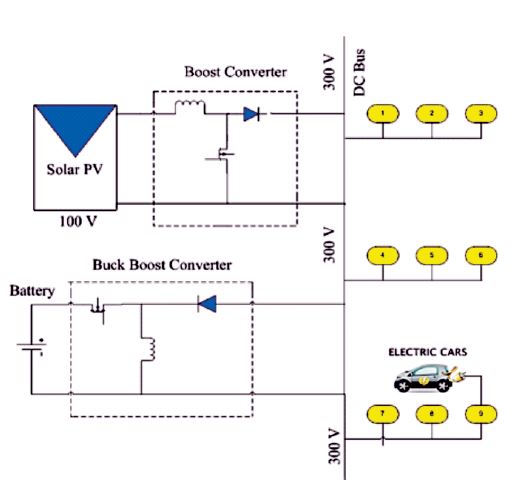
Figure 4. Schematic Representation of Charging Station Having 9 Ports.
Variance in battery power, Figure 5, illustrates the variation in battery power, which will be estimated using Equation 1. In addition, the number of electric vehicles charging at the station is plotted against the time in hours.

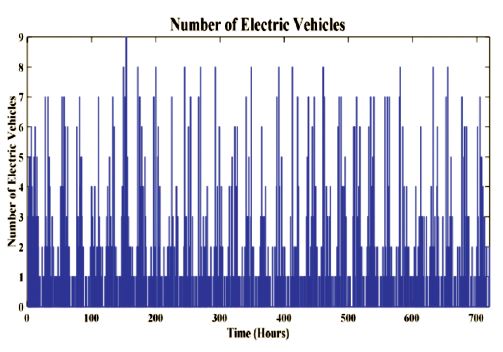
Figure 5.Number of EV's in Charging Station.
EV charging load balancing instructs the chargers to deliver the right amount of energy and manages the energy flow across charge points and onsite storage systems. It offsets peak demand, whether at the charging site level, with onsite battery storage if it exists, or within campuses. Load balancing prevents overcapacity by distributing the available capacity equally over all charging ports at a given location. This makes it an important smart charging feature for anyone who operates multiple charging ports at a location with limited power capacity. Load variation of the charging station is plotted with power against the time is shown in Figure 6.
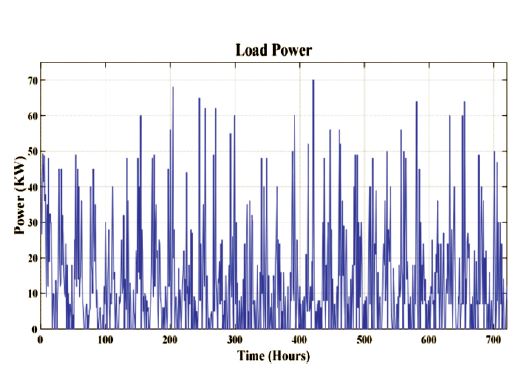
Figure 6. Load Variation of the Charging Station.
"Solar Variation" describes the change in the sun's radiation output. The Sun is fundamentally the source of all energy on the Earth, and so regardless of other limiting and even amplifying factors, if the amount of radiation from the Sun is changed, it has a knock-on effect on insolation and therefore temperature. Figure 7 depicts a graph of solar power variation. This rise and fall in sunspot counts varies in a cyclical way; the length of the cycle is around eleven years on average. One of the biggest problems that solar energy technology poses is that energy is only generated while the sun is shining. That means night time and overcast days can interrupt the supply.
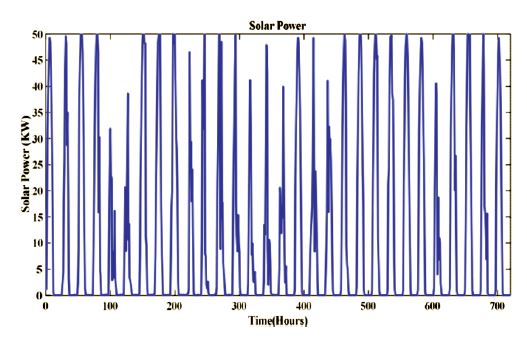
Figure 7. Solar Power Variation.
Charging a battery reverses the chemical process that occurred during discharge. The sulphate and hydrogen ions basically switch places. The electrical energy used to charge a battery is converted back to chemical energy and stored inside the battery. Battery discharge curves are based on the polarization that occurs during discharge. The amount of energy that a battery can supply, corresponding to the area under the discharge curve, is strongly related to operating conditions such as the C-rate and operating temperature. The battery charging and discharging curve is shown in Figure 8.
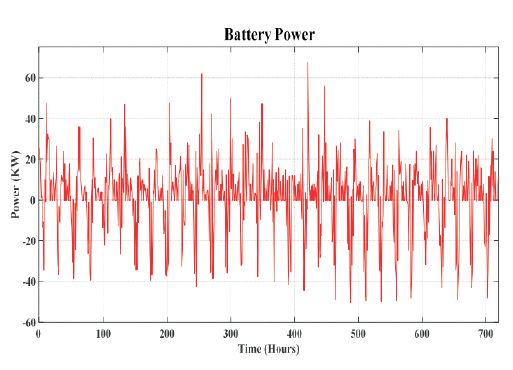
Figure 8. Battery Charging and Discharging Curve.
Nine DC fast charging connections are included in a suggested charging station design. The number of electric vehicles charging at the station determines the system's load. With the aid of Artificial Neural Networks (ANN), the load on the charging station is anticipated to increase by one additional month. The load is set to run for one month.
Additionally, the system has a grid connection option for two-way power flow. As a dual power source. Because the Battery Energy Storage (BES) system is fully charged and there is excess solar power available when demand is low, thus can sell this extra power to the grid and make money from the charging station. Additionally, the grid can be linked to the system to provide power to the load when the demand is high and the solar PV system and battery are unable to meet the need. This creates a two-way flow of electricity between the grid and the charging station.
Conclusion
By foreseeing the generation of solar Photo Voltaic (PV) power and the change in demand in the future, it is possible to determine the battery capacity and needed battery power for the specified solar PV system. With the aid of the Particle Swarm Optimization (PSO) algorithm, the cost of the solar PV-based charging station that uses a battery as an energy storage device is optimized. The work will not only be alluring for the client who owns an Electric Vehicle (EV) to receive a lower rate of service, but it may also produce income by parking EVs utilizing a vehicle-to-grid approach or extra solar power. When the car battery is fully charged, the vehicle may also do this and send electricity to the charging station. Super capacitors which is the another type of energy storage device, can be added to the system together with the battery to help it to be function when there is an excess of solar energy. Additionally, super capacitors have extremely quick cycles for charging and discharging, which will aid the system in quickly charging the EV battery. This will shorten the time which is required to charge the EV battery. This paper's major contribution is to provide a method for determining battery capacity and minimizing battery operating costs for a solar PV-based charging station. The study's findings were achieved using the MATLAB software.